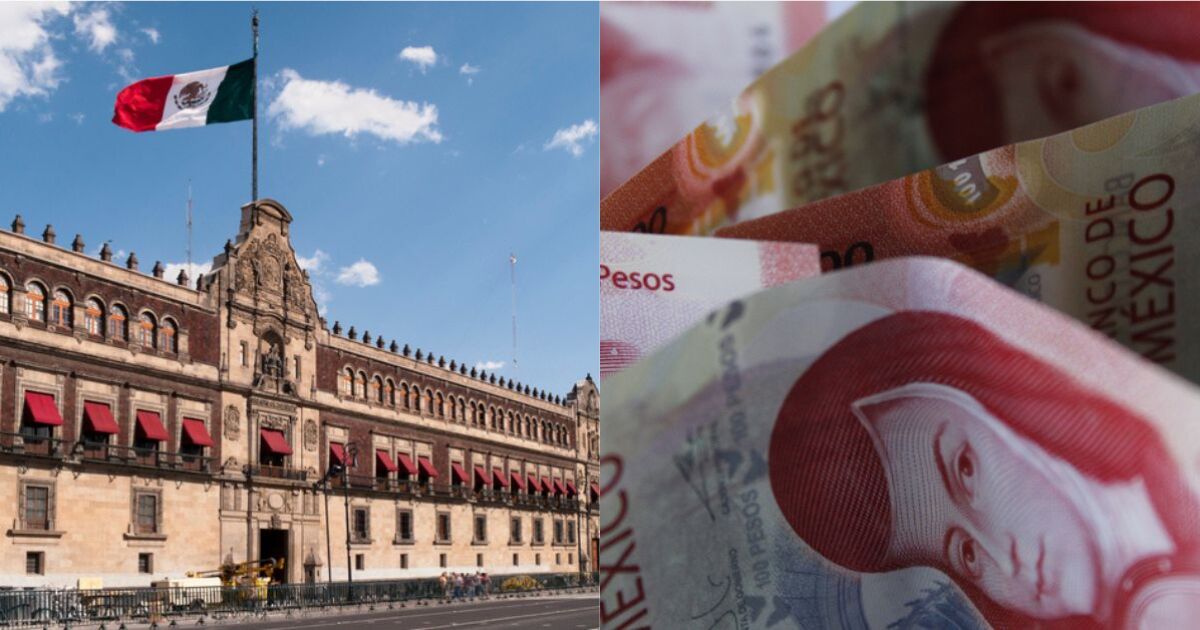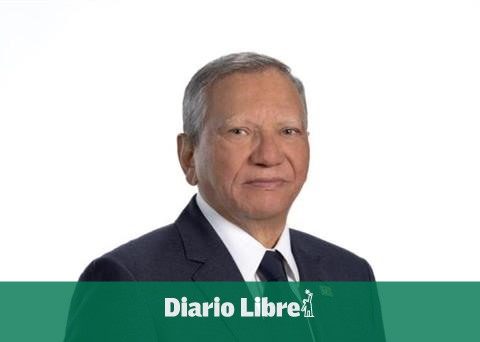The yields of the Cetes are linked to the reference interest rate, the same that Banxico carried out in a surprising way last week to 11% . And the rate is expected to reach a maximum of 11.5% this year, with two increases of 25 points each, one in March and another in May.
“For several weeks the market anticipated an increase of only 25 basis points, but after the larger increase in the interest rate, the instruments were placed at higher levels,” Intercam said in a report.
With a reference rate at historical levels, Cete yields could reach a minimum of 11.5%, further putting pressure on the federal government.
“An increase in the yield (of the Cetes) implies pressure on public finances because in the Economic Package they were contemplating that the interest rate would drop,” said Gabriela Siller, director of financial economic analysis at Banco BASE.
Public finances are already facing pressure in spending due to debt payments, pension payments and the fiscal support that has been given to Pemex.
“The fact that a higher percentage of public spending is assigned to pay the financing implies that spending in other areas is cut, especially considering that there is no plan to increase the debt,” said Janneth Quiroz, chief economist at Monex.
The specialist added that for the remainder of the six-year term, a refinancing of the debt was carried out to try to reduce the payments that will be made in 2024, but the challenge going forward will be the cost of financing.
For investors who want to put their money in Cetes, the specialist anticipates that the yield above 11% could run out at the end of the year, when inflation is expected to subside and Banxico begins to lower interest rates.
















